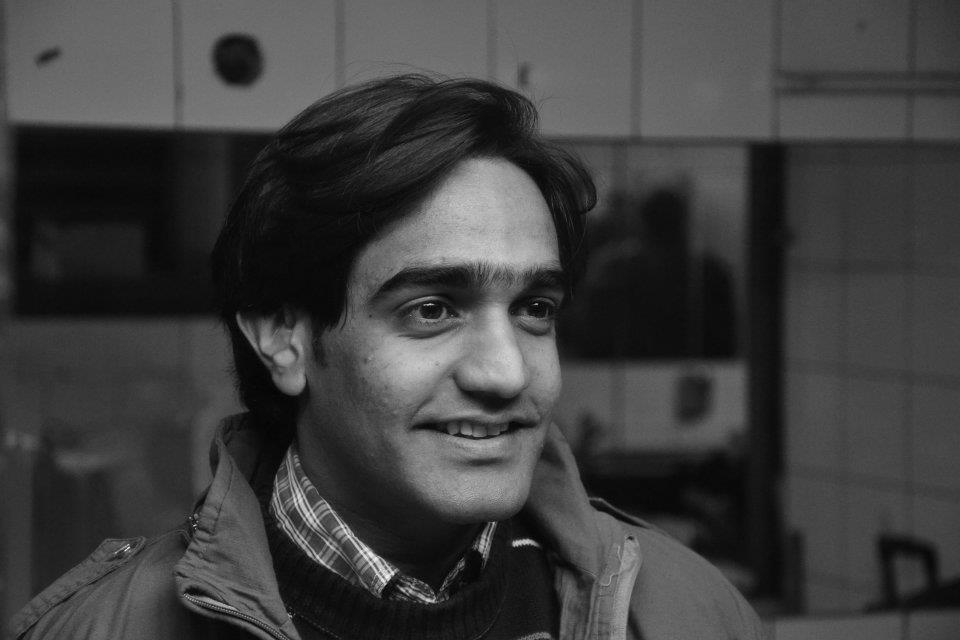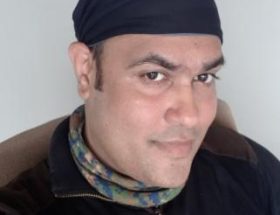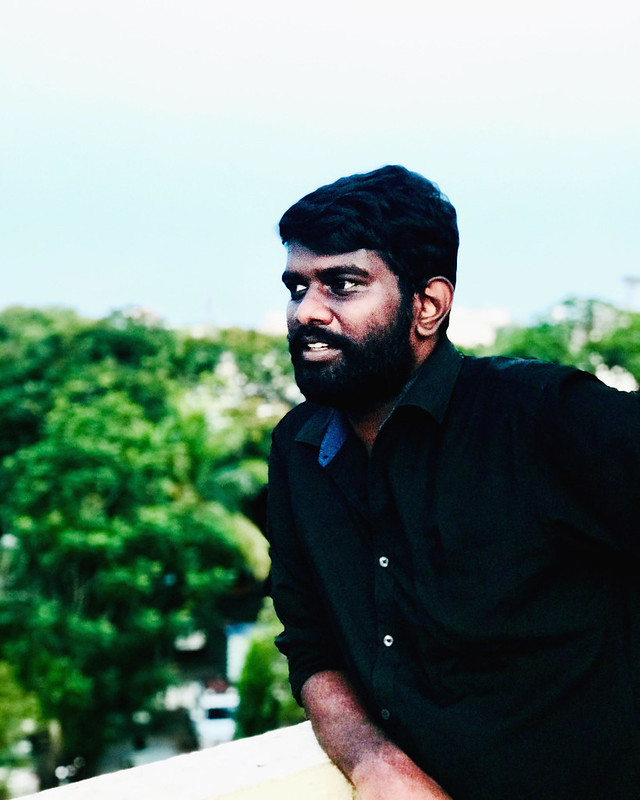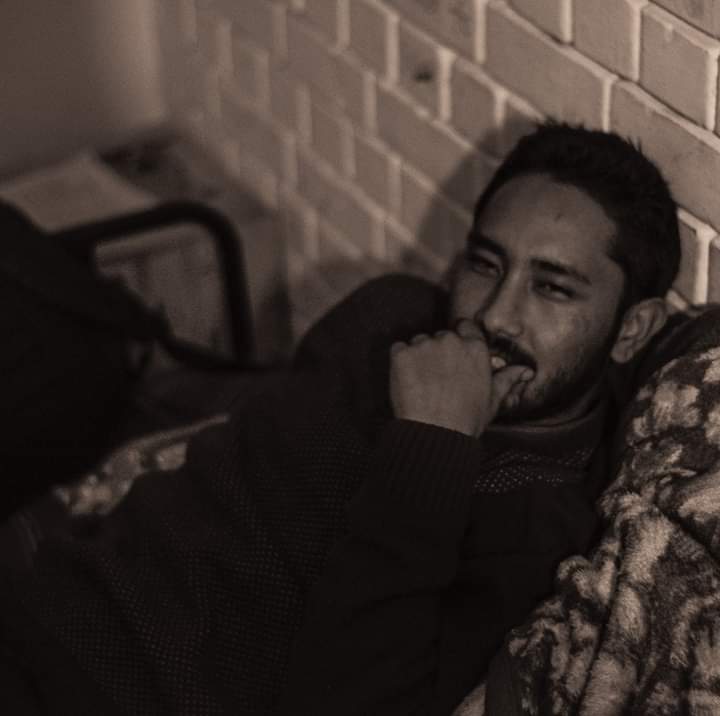Rafiul Alom Rahman
 ‘Making Love’, the 1982 American film, talks about a married man (played by Michael Ontkean) coming to terms with his homosexuality. There are several beautiful moments in the film, but the one that strikes me the most is the scene in which the character of Ontkean ‘comes out’ to his wife. He says:
‘Making Love’, the 1982 American film, talks about a married man (played by Michael Ontkean) coming to terms with his homosexuality. There are several beautiful moments in the film, but the one that strikes me the most is the scene in which the character of Ontkean ‘comes out’ to his wife. He says:
”It’s something you don’t have control over. Whether you are born with it or acquire it – who knows – but it’s something that needs me to be with a man. Maybe, it’s his strength, his attitude… maybe, he is everything I’m not. I don’t know. Maybe, it’s brotherhood, bonding, release… maybe, it’s just the need for another man’s approval… but it’s just that feeling…”
Literature and films have often explored the theme of same-sex desire. Many cultures across the world have literary and art traditions/sources that hint at homoerotic practices in the past. In India, we have the famous example of the Khajuraho temple with its sculptures depicting same-sex sexual activity or the homoerotic verse of the 18th century Mughal poet, Mir Taqi ‘Mir’.
This is not to bask in the nostalgia of an erotic past or to assert that there was outright acceptance of homoerotically-inclined persons in those times, but to problematise the very notion of a ‘pure’ Indian culture free from the ‘western import’ of homosexuality.
While researching for my paper on Mir’s masnavi ‘Shola-e Ishq’ – that revolves around the love triangle of a married man with his wife and male lover – and locating the ‘homoerotic’ within the larger canvass of political and poetic life in the 18th century, I realized how many of his poems with explicit references of same-sex sexual desire have been consciously erased or kept out of modern-day editions of his verse.
Ruth Vanita and Saleem Kidwai have observed that there was less self-conscious embarrassment about homoerotic writings/practices prior to the 19th century. But the end to same-sex love was signaled by the 1861 law that criminalized homosexuality. While the Hindu nationalist movement made it a point to obfuscate female sexuality and desire with its de-sexualized image of the Bharat Mata or the ‘mother goddess’ as embodiment of Indian women, among Hindus and Muslim reformist groups, an attempt was also made to do away with literature and art-works that talked of unconventional ways of sexual expression.
This also had to do with countering the British colonizers in their own words. The tag of ‘effeminacy’ that was attached to the oriental/colonized male subject due to his ‘moral excesses’ was challenged by the very standards of Victorian morality set by the colonizers.
Here, the question of Section 377 becomes particularly relevant. Introduced by Thomas Babington Macaulay, this section of the Indian Penal Code criminalizes penetration outside penal-vaginal sex. Though devised to prevent homosexual sex, Section 377 also brings within its ambit consensual heterosexual acts such as fellatio and anal penetration. What becomes interesting here is to observe how the definition of ‘nature’ and ‘natural’ is understood by the law. Any sexual activity that doesn’t lead to procreation is seen as ”unnatural” and ”against the order of nature”.

In a historic judgement delivered on 2 July 2009, a bench comprising of the then Chief Justice of the Delhi High Court, Justice A P Shah and Justice S Muralidhar had decriminalized same-sex sexual activity among consenting adults and stated that if not amended, section 377 of the IPC would violate Article 14 of the constitution which states that every citizen has equal opportunity of life and is equal before law. However, the Supreme Court in its verdict on 11 December 2013 overturned the Delhi High Court judgement and upheld the ‘constitutional validity’ of 377.
This is unfortunate as the verdict not only trivializes the basic human rights of the LGBTIQ community as the ”so-called rights”, but also gives the state the moral authority to snoop into people’s bedrooms/sexual lives. The justices G S Singhvi and S J Mukhopadhyaya also consider the LGBTIQ as ”a miniscule fraction of the country’s population”, thereby, implying that they do not deserve the right to be protected by the state.
While challenging the very notion of ‘Constitutional morality’ given by the Supreme Court verdict, Justice A P Shah in an interview to The Indian Express says:
”What is envisaged by the Constitution is not popular morality. Probably public morality is the reflection of the moral normative values of the majority of the population, but Constitutional morality derives its contents from the values of the Constitution. For instance, untouchability was approved by the majority, but the Constitution prohibited untouchability as a part of social engineering.”
While it is true that the oppression faced by the queer community extends beyond the legality of 377 and that it is more than often the ”visibly queer” people – the kotis, hijras, transgenders – who are at the receiving end of homophobic abuse and violence in the hands of the police or other state agents, it is crucial to note that the very presence of a law as regressive as Section 377 of the IPC demeans the existence of LGBTIQ people by reducing them to their sexual preferences. It also validates the structural homophobia of the state and the society at large.
For many of us who have been following the debates around 377, it is heartening to see how the Supreme Court verdict has galvanized support and solidarities across different civil rights groups. Various political parties have ‘come out’ vocally against the judgement.
The gender justice movement in the wake of the 16 December Delhi gangrape did bring about some change in people’s ideas about the basic right to one’s body and the ‘freedom without fear’. The Verma committee report that followed broadened the definition of rape to include men, transgender and homosexual persons. However, the government in its ordinance chose to do away with many of the recommendations put forth by the committee, including the need to address marital rape.
Women’s rights groups had suggested that rape laws be amended to make the victim ‘gender-neutral’ and the perpetrator ‘gender-specific’, but the ordinance overlooked the sexual violence faced by men and LGBTIQ persons and limited the definition of ‘victim’ to women.
The UPA government has filed a review petition against the Supreme Court judgement. While it is important to fight the battle against 377 in the court, we have to realize that changed mindset is the need of the hour. We all can do our bit in this – by respecting people’s sexual choices and being sensitive to gender-variance. People’s right to autonomy over their bodies and sexualities cannot be put on the sacrificial altar to feed into the demands of religious bigots.
~~~
Rafiul Alom Rahman is a student of English literature in Zakir Husain Post Graduate Evening College, Delhi University. He can be contacted at rafiul.delhi@gmail.com
Photo Courtesy: Anjumon Sahin (Delhi Queer Pride, 2013).










